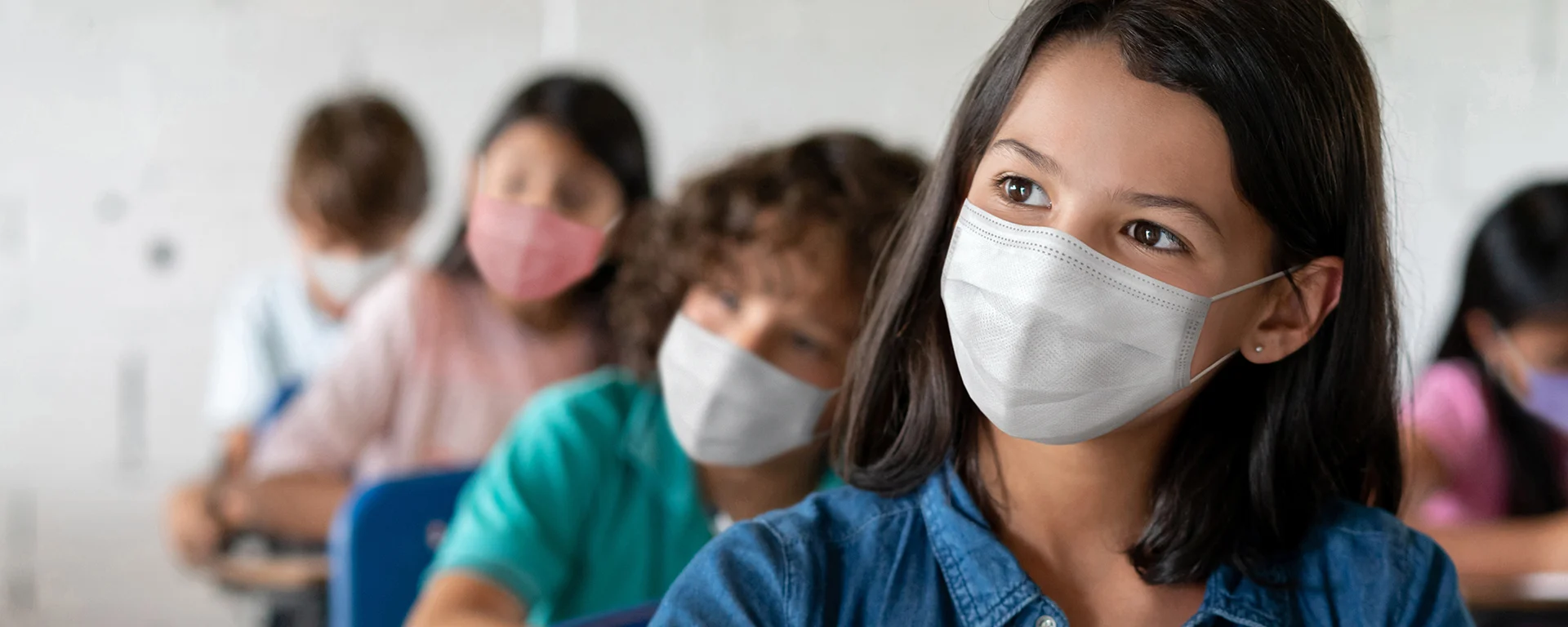Get Ready for a Bad Flu Season
We haven’t had a real flu season in two years. This year we will - and the forecast doesn’t look good…
December 2022: Whenever you test yourself for COVID at home — whether you’re positive or negative — you should report your result. The results are kept private and anonymous. Every test that gets reported helps public health teams better understand where outbreaks are happening, so they can get help to people who need it.
While COVID-19 was clobbering us these last two years, it was easy to overlook that the U.S. had very mild flu seasons. The public health measures put in place for COVID-19, like masking and social distancing, also helped to keep the spread of the influenza virus low.
That likely won’t be the case this year. With fewer people masking indoors and more people returning to normal activity, the flu virus will spread much more easily. Dr. Alicia Fry, who leads influenza epidemiology and prevention for the CDC, told NPR that "We can expect a flu season this year — for sure."
And it’s likely to be a lot worse than ones we’ve seen in the recent past. The flu seasons in Australia and Argentina, which tend to run from April through September (their cooler months) generally give us an idea of what will happen in the US during our winter. Unfortunately, what’s been happening in these countries this year is concerning. The flu season in Australia started earlier than usual and has been its worst one in five years.
Young children are at higher risk this year
Flu is typically most dangerous for the elderly and for young children. This year, experts are particularly concerned about very young children who have not been through a normal flu season before, because these kids may be even more likely to get the flu than they would usually be. Data out of Australia backs this idea up: It suggests that young children there were hit especially hard this season. Meanwhile, the elderly will still be at higher risk of experiencing severe symptoms than will younger adults.
I’m sick. Is it COVID-19 or the flu?
COVID-19 and the flu can cause similar symptoms, such as fever, sore throat, coughing, and a runny nose. If you’re experiencing any of these symptoms, you could be infected with either virus, or even worse, both viruses at the same time!
The best way to figure out what you have is to get tested for both. Doctor’s offices, urgent-care clinics, pharmacies, and community health centers can do that for you - many have tests that look for both COVID-19 and flu at once. (It’s important to remember that one negative rapid test doesn’t rule out COVID-19. If you test negative for that one at the doctor’s office, test again in 48 hours to make sure.) If you’re consistently testing negative for both COVID-19 and flu, you may just have a common cold or other respiratory illness.
Get your flu vaccine before Halloween (and your COVID-19 shot, too)
The best way to protect yourself from the flu is to get vaccinated. Most people get one standard dose flu shot, but other options may be better for you, depending on your situation. If you’re 65 or older, you may want to get a high-dose flu shot or an adjuvanted flu shot, which uses an ingredient that creates a stronger immune response. People 2 to 49 years old who don’t like needles can opt for a nasal spray instead. In addition, according to the American Academy of Pediatrics, children between 6 months and 8 years old who are getting the flu vaccine for the first time should receive two doses, four weeks apart. Be sure to talk to your doctor or pharmacist about which option is appropriate for you and your family. Whichever one you choose, try to get it before the end of October, so you’re protected once flu season gets started in earnest.
Plus, don’t forget — if you’re not already up to date on your COVID-19 vaccines, you can get that taken care of at the same appointment. Many locations will provide this service if you qualify for both. For this season, I ended up scheduling both my COVID-19 booster and my flu shot at a nearby pharmacy, and got both shots at the same time — one for each arm!
Flu vaccines are easy to find and free for almost everyone with insurance
Like COVID-19 vaccines, flu vaccines are widely available at pharmacies, medical offices, hospitals, and community health centers. Vaccines.gov provides an easy to use tool to find locations. In addition, flu vaccines are free for everyone with health insurance, with very few exceptions. For those without insurance, the cost can range anywhere from $20 to $75 or more depending on the type of vaccination and where you go to have it done.
If the United States does have a bad flu season, you can use all the tools you have from the COVID-19 pandemic to protect yourself from catching the flu, including wearing high-quality masks, installing good ventilation, and avoiding crowds. Most importantly though, get vaccinated!






